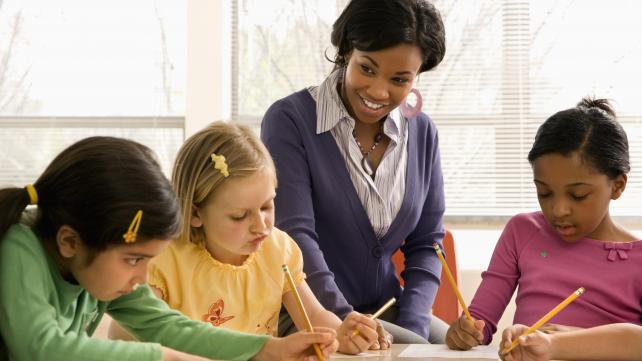
“But where are you really from?”
Have you ever been asked this question in a conversation with a stranger, colleague, or acquaintance? It is usually asked after the initial question, “Where are you from?” You might then reply with the name of the North American city where you live. After taking another look at your brown skin, cultural or religious attire, the person asks that question again, indicating that you must be from another part of the world instead. When this pattern is often repeated, it can take on a form of implicit bias, racism, xenophobia, and feel like a microaggression toward immigrant or minority communities.
Author Samira Hamana addresses this question and its entailing issues in her new children’s book, Where Are You Really From? Hamana grew up in Morocco and has lived in Canada for the last 12 years and both of her young children were born in Canada. Her book was originally written for the Edmonton Heritage Festival in response to the continuous violence against Muslims in her community. It is a great resource for children to acquaint themselves with the real world, especially in these situations. She intends to teach children that we are all from here – Canada – however, we have different ancestral roots. She also believes that, in order to diminish future racism and discrimination, we should start teaching children that there are people around us who are not like us, but we can learn to understand and develop a positive relationship with them.
The story follows Layaan, a young girl of Moroccan roots, who is bullied at school due to her “foreign” features. Layaan’s teacher Miss Ann steps in to comfort her and to remind her that all the other students are also from here but are of different roots – children of Nigerian, Chinese, or Somali descent. They all have different colored eyes, hair, and skin but they are not considered foreigners.
Miss Ann then compares the diversity of her students' features to the diversity of nature – how having different types of eyes, hair, and skin colour are comparable to the different types of trees, flowers, bodies of water, and animals surrounding us. This diversity is what makes nature beautiful, and by extension, the students’ diversity is what makes Canada beautiful. That is the book’s winning point and message.
Muslim children can connect to this message as it is part of Allah’s guidance in Surah Hujarat:
“O mankind, indeed We have created you from male and female and made you peoples and tribes [so] that you may know one another. Indeed, the most noble of you in the sight of Allah is the most righteous of you. Indeed, Allah is Knowing and Aware.”
(Surah Hujurat: 49:13)
The book also does a good job defining the difference between an Indigenous student - having her roots originally in Canada - in contrast to a student from European ancestry – having historically originated from European colonial settlers. Canadians are currently growing in awareness of the country's colonial roots and the repercussions of it. There is wider discussion of historical facts from an Indigenous perspective, acknowledging the atrocities of residential schools and broken treaties which pushed many onto marginal land. In this regard, the book can open the door for further discussion.
Where Are You Really From? would be a great read to increase understanding of people with different features and backgrounds and then to learn how to build harmonious and cohesive relationships with them.
Sumayya Khan is a homeschooling mom and elementary school teacher. She has taught at several Islamic schools and organizations in the last 10 years. She is currently teaching Language Arts at Dawanet’s E-School, studying the Qur’an through Al-Huda Institute, and homeschooling her two kids. In her free time, she loves to spend time with her family and friends, play sports, enjoy nature, and read books. She currently resides with her children, husband and his family in Toronto, Canada.








Add new comment